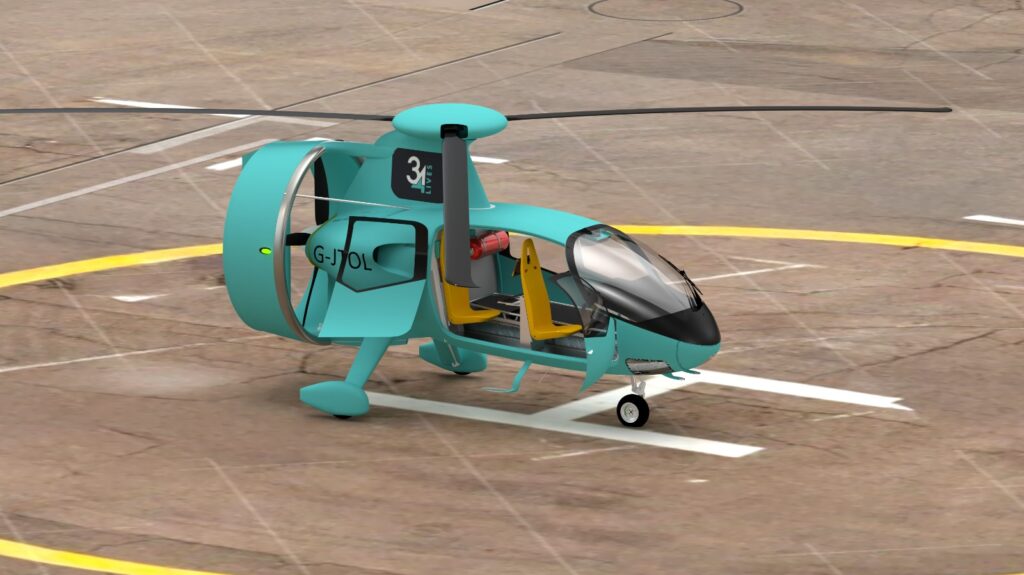
The Pegasus III has a payload of 376 kg and a range of 660 km.
Credit: ARC Aerosystems
UK startup ARC Aerosystems has signed an agreement to supply up to 30 of its Pegasus III gyroplanes to kidney recovery and transport specialist 34Lives.
Based in Indiana near Purdue University, 34Lives uses proprietary technology to recover thousands of kidney donations that are deemed unusable each year due to excessive transport times. But delivering the organs to the hospitals where they are needed remains a persistent challenge, mainly due to the expensive combination of ground transport and private jets it relies on to ship them.
The new agreement with ARC Aerosystems aims to overcome that challenge through the use of the Pegasus III Gryoplane. With a payload of 376 kg (829 lb.), range of 660 km (410 mi.) and top speed of 160 km/hr., 34Lives says the aircraft has the right performance specs to deliver to the hospital systems in its coverage area, including Chicago, St. Louis, Washington, D.C., and New York.
But even more critically, the aircraft’s acquisition and operating costs should make it an efficient and sustainable option compared to helicopters, private jets and ground transport. ARC says the purchase price is $1 million, while total operating costs are less than $500 per hour. By comparison, helicopter air ambulances such as the Airbus H145 or Bell 429 typically sell for between $7-10 million, with operating costs as high as several thousand dollars per hour.
“We’re paying pretty large costs to transport these organs to the transplant hospitals, says Chris Jaynes, CEO of 34Lives. “That’s why we’ve partnered with ARC. We think their aircraft can get organs to the hospitals quickly enough and at a much more reasonable cost.”
The Pegasus III is already a certified platform. In 2023, ARC acquired the design rights and FAA type certificate for the Canadian-developed Avian Aircraft 2/180 gyroplane from Pegasus Rotorcraft in the U.S. The gyroplane first flew in 1960 and was certified under Part 27 in 1968. Avian went into receivership in 1970 and the certification rights and a surviving aircraft were eventually acquired by Pegasus in 2010 and the company then became a subsidiary to ARC.
But the startup is making a number of modifications to the decades-old aircraft. These include the addition of a third seat in the cabin, the conversion of the fuselage from aluminum to carbon fiber, and a modification of the mechanical clutch system that enables jump takeoffs.
ARC is also swapping out the Lycoming piston engine for a pair of pistons, with an optional electric motor for more power, or a single diesel engine version. The company has not yet settled on the engine suppliers, although the 150-kW Safran ENGINeUS 100 has been provisionally selected for the electric motor.
ARC is currently ground testing its first modified prototype, the decades-old aircraft it acquired in 2020. That aircraft has undergone high-speed taxi and RPM tests, and is expected to fly within a few weeks, while the stretched version is currently being designed, says Seyed Mohseni, ARC’s founder and CEO.
Mohseni estimates the company will need $25-30 million to obtain a Supplemental Type Certificate (STC) and bring the Pegasus III to market.
“We can do this more affordably than others because we’re modernizing a certified platform via series of STCs,” Mohseni says. “We will not try to bring in novel technologies that are not certified yet because that just adds complexity. And it’s a gyroplane, so the path to certification is already known to both the FAA , the UK CAA and EASA [the European Union Aviation Safety Agency].”
Assuming everything goes according to plan, Mohseni predicts ARC can complete its preliminary design review in late 2026. It would then build a conforming prototype in early 2027, achieve certification with the UK CAA in late 2027, and launch into commercial service by mid-2028.
The company also aspires to launch into an initial public flight demonstration in the UK later this year.

